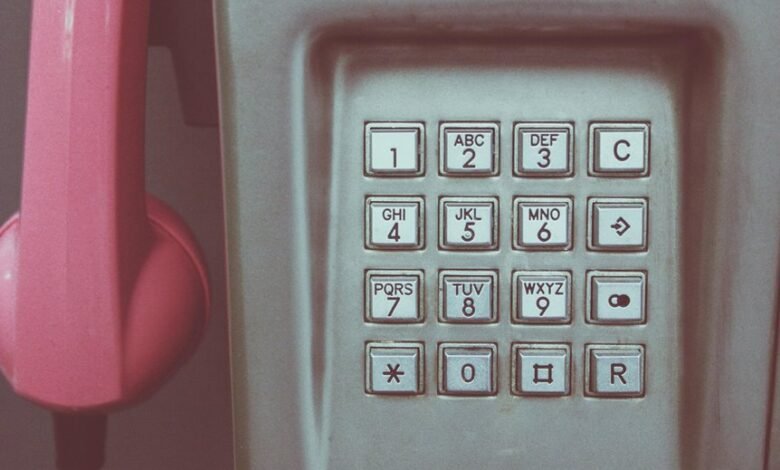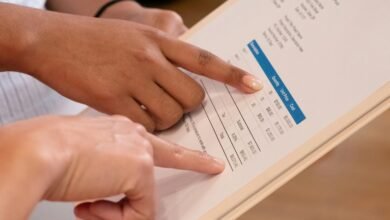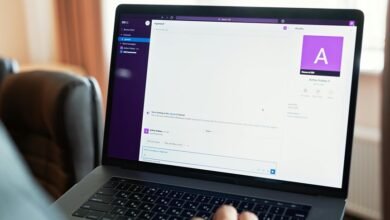Trace Calls Originating From 8152703126, 5166448345, 5395491671, 9152776205, 7783274160, 5123992821

Tracing calls from numbers such as 8152703126, 5166448345, 5395491671, 9152776205, 7783274160, and 5123992821 requires a systematic approach. Reverse phone lookup services can illuminate the origins and potential owners of these digits. Additionally, analyzing area codes can provide insights into their geographic roots. Understanding these factors is crucial for assessing the nature of these calls, yet many still grapple with the implications of unidentified communications. What lies behind these numbers?
Identifying the Callers: Who Might Be Behind These Numbers?
How can one accurately identify the callers behind unknown numbers?
Effective caller identity verification requires number analysis techniques. By utilizing reverse phone lookup services, examining area codes, and cross-referencing databases, individuals can uncover the origins of unfamiliar contacts.
This method not only enhances personal security but also empowers users to reclaim their communication freedom by discerning legitimate calls from potential intrusions.
Common Reasons for Receiving Unwanted Calls
While modern communication technologies have greatly enhanced connectivity, they have also led to an increase in unwanted calls, which can stem from various sources.
Common reasons include aggressive unwanted telemarketing tactics and spam call strategies that exploit automated dialing systems. These practices target individuals indiscriminately, aiming to promote products or services, often undermining personal privacy and contributing to the pervasive nuisance of unwanted communications.
Tips for Handling Unfamiliar Calls and Protecting Your Privacy
The prevalence of unwanted calls necessitates effective strategies for individuals to manage unfamiliar numbers while safeguarding personal information. Individuals should consider blocking calls from suspicious numbers and utilizing call-blocking applications.
Additionally, reporting scams to relevant authorities enhances collective security. Maintaining vigilance against unsolicited requests for personal data further protects privacy, empowering individuals to reclaim control over their communication channels and minimize exposure to fraud.
Conclusion
In the intricate web of telecommunications, the shadows of unknown callers linger like specters, prompting vigilance among recipients. By utilizing reverse phone lookup services and understanding area code origins, individuals can illuminate the obscurity surrounding these numbers, transforming uncertainty into clarity. As unwanted communications echo through the ether, proactive measures ensure that personal security remains intact, allowing one to navigate the landscape of modern connectivity with caution and confidence, turning potential threats into mere whispers of the past.





